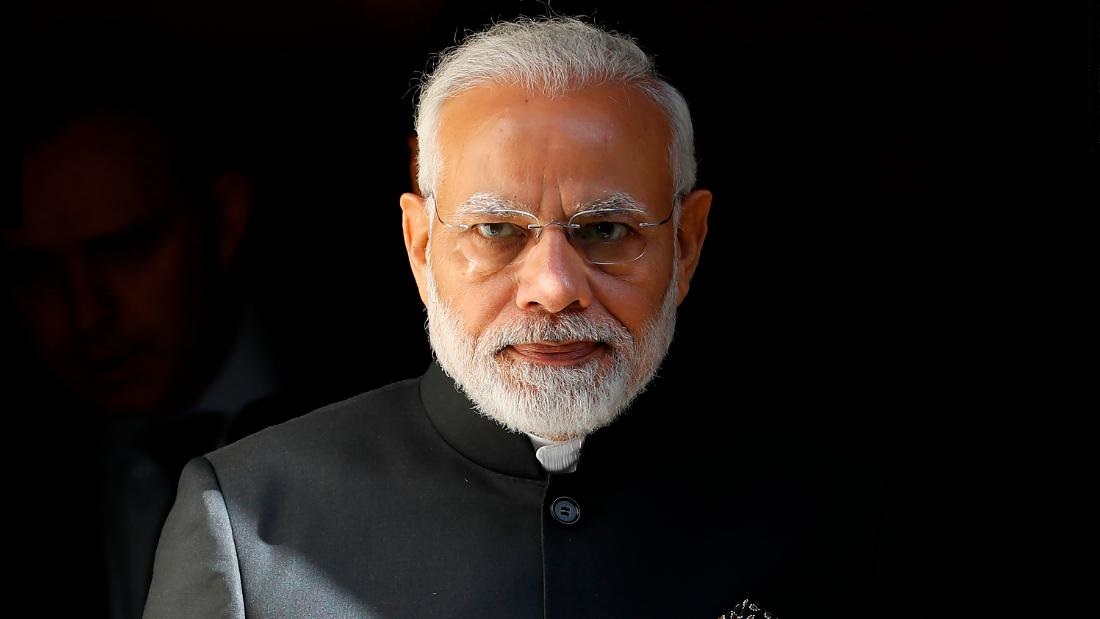The Hindu nationalist politician Narendra Modi has re-validated his bet and will again be the Prime Minister of India after overwhelmingly winning the legislative elections in the so-called largest democracy on the planet.
The elections, which cost no less than $7 billion, were extended for five weeks from April 11 to May 19 to facilitate the 900 million voters so they could exercise their right to participate. Finally, 600 million Indians deposited their ballots, 10 million of them for the first time in their lives. This data gives a clue about the demographic growth that the Asian subcontinent is experiencing.
Indian federal laws require that no voter has to travel more than two kilometres to reach their polling station. Therefore, the ballot boxes travelled to the farthest parts of the country, even by canoe and elephant. Electoral officials, wearing oxygen masks, climbed the Himalayan mountains to reach the inhabitants of a remote village in the Ladakh region, 4,500 meters above sea level. The counting of votes only began after having completed all these complex logistical issues and was also delayed by another four days. The 543 seats of the Lok Sabha or Lower House of Parliament, representing the 29 states and seven territories that make up the Republic of India, were at stake.
The figure of Modi, 68 years old, does not leave anyone indifferent. A patriot for some, populist for others. Raised in a very humble family and united in an arranged marriage to a woman he barely knew, he soon joined a Hindu nationalist organization from which the Bharatiya Janata Party (the Indian People’s Party) later emerged. With no trace of corrupt behaviour or other reportable scandals, his career has a dark episode. This occurred back to 2002 when he was governor of Gujarat, his home state, and there was a massacre of 2,000 Muslims at the hands of radical Hindus in the face of the passivity of police authorities.
The prime minister was elected in 2014 by the largest number of votes that India had in over 30 years and ousted the coalition led by the Congress Party, the formation of Jawaharlal Nehru and Indira Gandhi. Now Modi has increased the difference and has gained more deputies, which represents a milestone and an unquestionable triumph.
Modi measures
His detractors accuse him of promoting sectarianism and Hindu supremacism, fostering social division and increasing pressure on minorities, especially Muslim ones. His supporters say, however, that he is still the person most likely to make the economic changes that the country needs. The balance of results is mixed.
Although India has become the fastest growing economy in the world – 7.5% growth in 2018 -, Modi has also seen under his mandate the unemployment rate reach levels never seen before. Modi’s measure of withdrawing the highest-value banknotes from circulation to eliminate bribes and the underground economy also unleashed chaos and popular outrage. In terms of foreign policy, the Hindu leader improved bilateral relations with the United States, Russia and Japan, which is not negligible.
Thanks to an ambitious development agenda, it benefited hundreds of millions of compatriots. How? As American columnist and political scientist Ian Bremmer point out, Modi first made sure that the government had more income to be able to spend more resources. Through a tax reform enacted in 2017, Modi simplified an enormously complex system of collection of state and federal taxes, widening the tax base and drastically reducing the rupees that were lost as a result of fraud.
In addition, he allocated unprecedented amounts of money to develop new infrastructures, an endless need for such a vast country. The construction of roads, highways, and airports has significantly increased India’s future economic potential. Although this costly process has not yet been completed, the Modi government also brought electricity to remote villages that had never had it before. His team launched projects that helped women in many villages gain access to cooking gas for the first time, and built tens of millions of toilets for hundreds of millions of people who lacked that basic essential
Politics
The problem is that India, politically, is tearing itself apart as viscerally as the United States. And the incontestable triumph of Modi, supporter of the so-called “Hindutva” (Hindu radicals), reinforces that dangerous tendency towards polarization.
Modi has already been compared to Recep Tayyip Erdogan of Turkey, Jair Bolsonaro of Brazil or Donald Trump of the US. In February this year, he did not hesitate to order the Indian Air Force to illegally attack in Pakistan the training camps of a terrorist group linked to Al-Qaeda that had killed 44 Indian soldiers in the disputed territory of Kashmir. That incident triggered a serious crisis between the two Asian nations, both endowed with the atomic weapon, however, it thankfully ended without major consequences.
Thanks to these economic reforms, but also to a large extent to its hard line with Pakistan and its appeal to Hindu pride, Modi is even more popular now than he was five years ago. The verdict has been unappealable. The citizens of the Indian states punished by the terrorist attacks, especially those located along the Pakistani border, have preferred to keep a supposed strong prime minister who they think will protect them. And the electoral key was again in the so-called “Hindi Belt”, located in the north of the republic, which includes nine states where the Hindi language is the majority, among them the one of Uttar Pradesh, the most populated of India.



